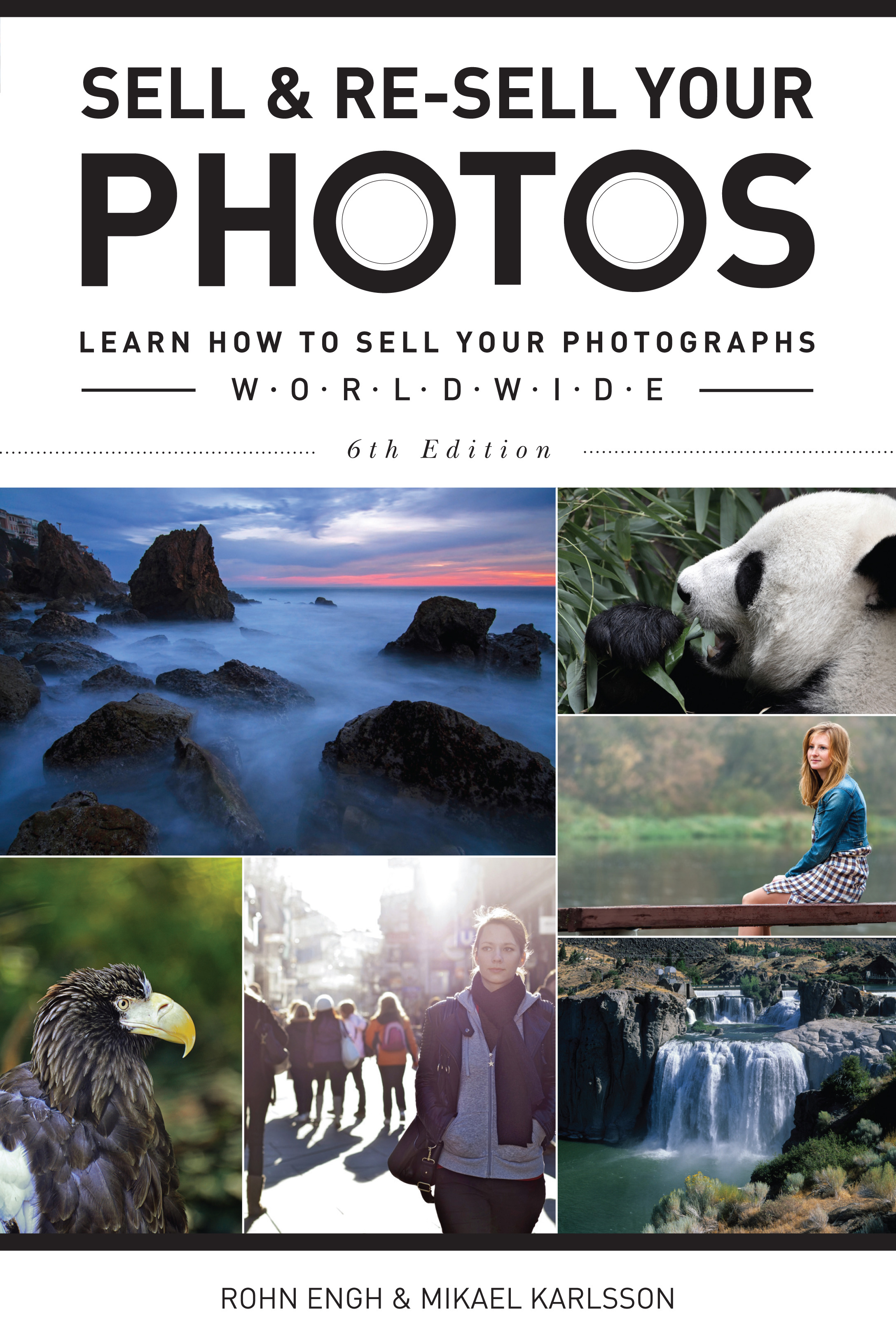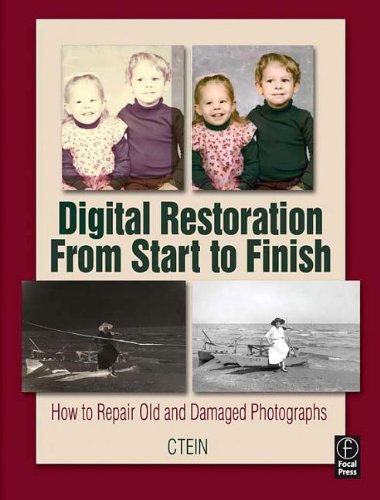Yellowstone Migrations
by Joe Riis
2020-05-12 14:51:47
Herds of elk, mule deer, and pronghorn antelope - driven by their DNA - have migrated hundreds of miles over North America for millennia- Photographer Joe Riis is a National Geographic contributing photographer and Emmy Award winner- Follows the migr...
Read more
Herds of elk, mule deer, and pronghorn antelope - driven by their DNA - have migrated hundreds of miles over North America for millennia- Photographer Joe Riis is a National Geographic contributing photographer and Emmy Award winner- Follows the migrations of three specific species, showing the obstacles they encounter- Offers a hopeful way forward for both humans and wildlifeLarge animal migrations are among the primordial rhythms of life on Earth, and, as scientists have recently discovered, the American West is home to some of the planet''s most magnificent migrations. Yellowstone Migrations shows us that it is possible to protect these last intact natural wildlife corridors - so that these animals can carry out the migrations that are essential to their survival.The Greater Yellowstone Ecosystem, which is a dozen times the size of Yellowstone National Park, harbors the last great populations of migrating elk, pronghorn antelope, and mule deer in the contiguous United States. Thousands of these grand animals move withthe changing seasons to feed and give birth. During their four-month-long journey, mule deer navigate not only the natural challenges of rivers, lakes, and sand dunes, but also manmade obstacles such as three major highways and more than 100 fences, many withbarbed wire.In Yellowstone Migrations, wildlife photojournalist Joe Riis follows three primary migrations:- The ''Path of the Pronghorn'' from Grand Teton National Park to southwest Wyoming;- The mule deer migration from Red Desert to Hoback, Wyoming; and- The Cody elk migration on the Absaroka front.People who care about the American West face a choice: we can manage our public and private lands in ways that allow and encourage these migrations, or we can encumber these animals with unchecked development, changing climate, pollution, and barriers. Riis?s stunning imagery and on-the-ground experiences shed light on these amazing animals and how, for them, migration is a matter of life or death.
Less































